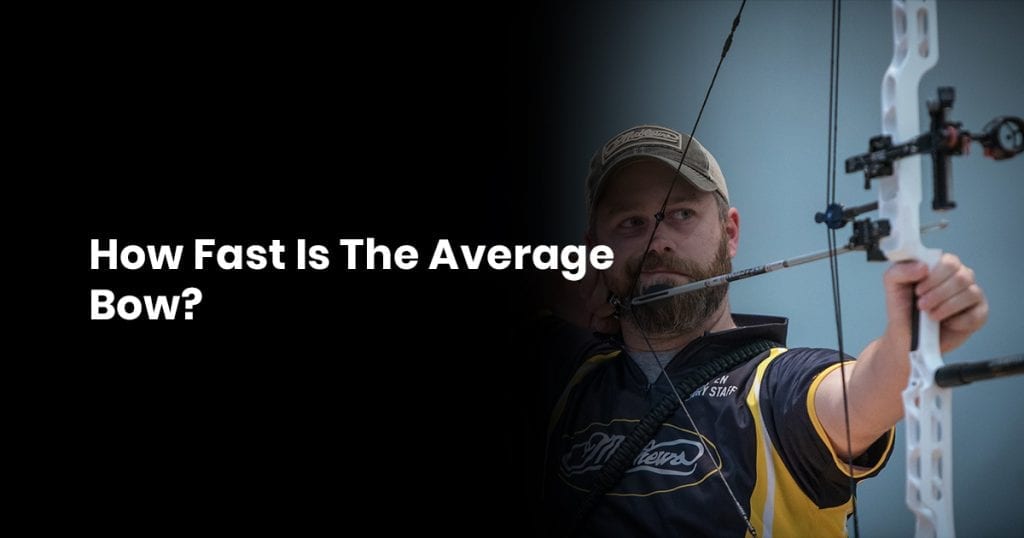Archery requires precision, and in that precision, you need to get the arrow travel to your target as quickly as possible to avoid arrow drop.
If you’re wondering how fast the average standard bow is, you’re about to find out (and you might be pleasantly surprised) ask any experienced bow guy.
Speed of an arrow is required, faster arrows to reach your maximum FPS and land your target with pinpoint accuracy.
Thanks to the modern invention of the compound bow in 1966, it’s been so much easier to increase the speed of arrows.
Attributing to the construction of aluminum, graphite and carbon arrows, they have a lower grain rating that makes them easier to fire and for farther distances at full draw.
You have to look at your bow’s capabilities as well as the arrows you use, heavier arrows opposed to a lighter arrow. Is your bow a new bow or an old bow, left handed bow or right-handed bow, different factors will determine your arrow’s speed. Also, taking weather conditions into account when taking an arrow shot, at an effective range could also determine the actual arrow speed.
To start things off, let’s talk about your bow’s draw weight, draw length of the bow, and why all of that matters to your bow’s higher speed. Materials used to construct your bow will also count, but not nearly as much, this will be more a personal preference.
Does it Matter How Fast You Shoot Arrows?
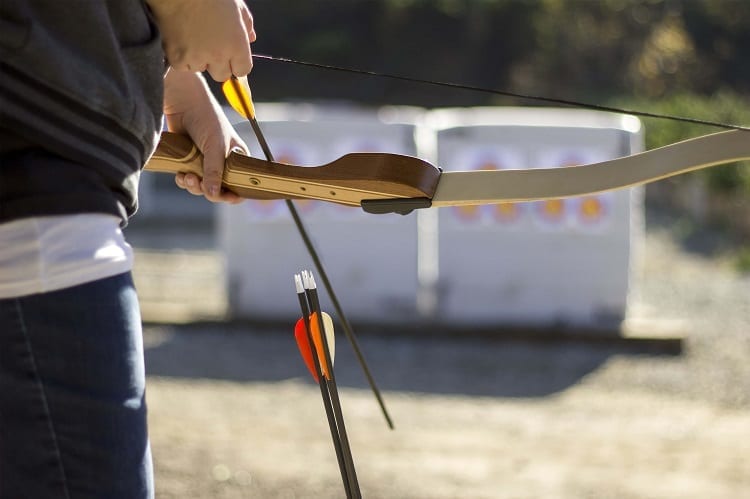
Yes, it absolutely matters.
The speed of the arrow is going to dictate how deep your arrow penetrates the target or prey in your line of sight, but it’s also going to be dictated by your total FPS capabilities. Slower arrows are not usually going to provide you with a good job.
We’ll talk more about that in a few minutes, general rules of thumb.
Interesting facts are the speed of your arrows are a mathematical calculation: you’re putting kinetic energy into motion, against the force or weight of the arrow, to receive a total speed.
The kinetic energy of the arrow that’s transferred into the arrow from the bowstring defines its speed and the arrow defines its slowdown, as well as variable factors such as wind speed and conditioning.
A slow arrow, compared to a fast arrow isn’t going to penetrate your target; it might hit it, scratch it, and pang onto the floor/ground.
Yes, your arrows need to be sharp to avoid this from happening, but kinetic energy dictates the arrow’s effectiveness and better results.
Averages Depending on Bow Type
Recurve Bows
290-330 FPS. The classic bow requires a lot of kinetic energy that’s supplied by the archer, and that’s a good thing.
It makes every single shot customizable, and actually trains your endurance and muscles to withstand more arrow shots over the long time.
Recurves offer more health benefits than compound and crossbows, and for the human element present in successful high-FPS arrow shots, it’s a lot more skillful to be able to shoot one of these successfully.
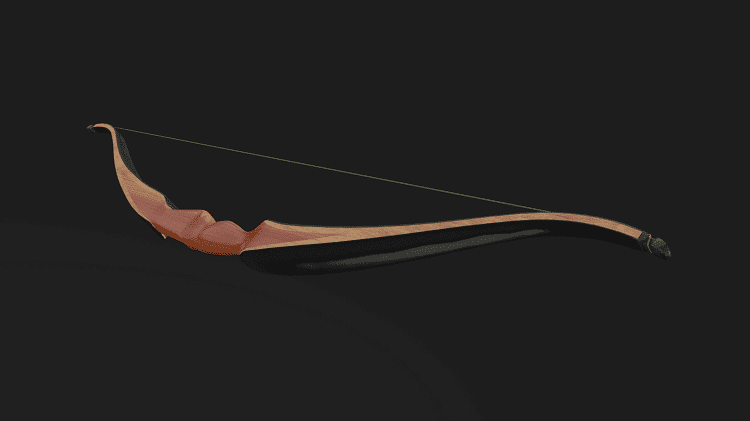
Compound
330-350 FPS.Compound bows are preferred by hunters for multiple reasons.
It’s the perfect in-between for recurves and crossbows, because it makes things a little bit easier with a let-off.
That means you can pull the string back with 75-80% less force than you’re outputting thanks to the pulley and lever system.
This bit of leeway gives a compound bow a higher average FPS, and with modern innovations in its design, it supersedes the recurve just a little bit.
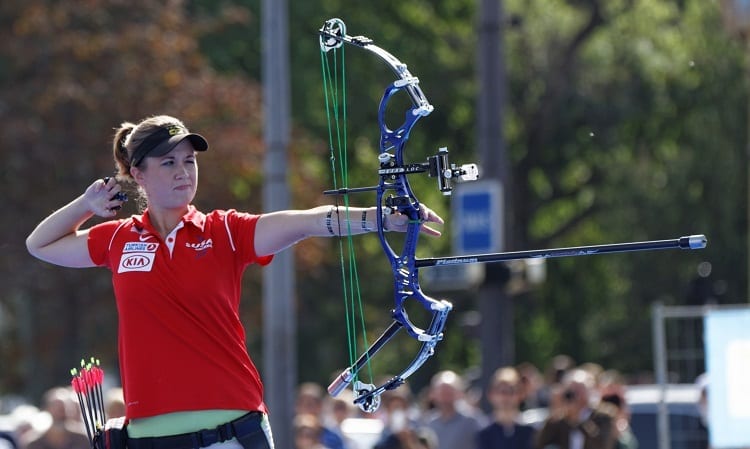
Crossbow
420-450 FPS. Yes, that’s the average. The point of crossbows is to hunt, and in hunting, you need to be as humane as possible. There’s a reason why there are minimum requirements for draw weight; anything too low would be torturing, not hunting. With a 450 FPS draw weight, you could easily take down large targets with pinpoint accuracy.
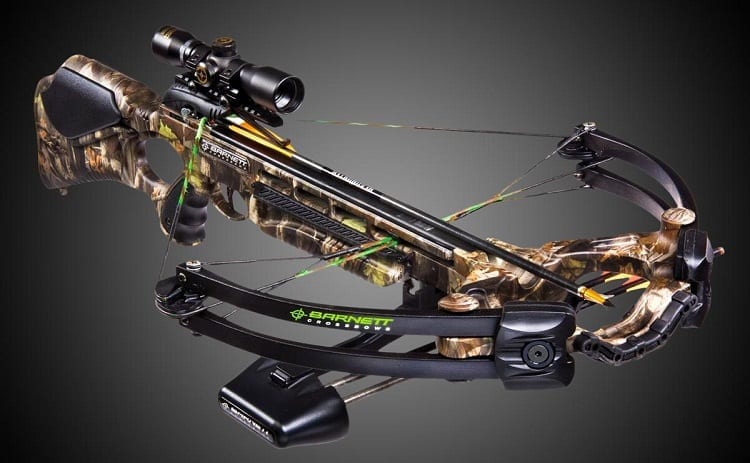
Draw Weight Defines FPS
Your draw weight is one of the most calculable factors in your overall arrow flight path and speed.
Since you can control the draw weight by pulling back on the bowstring, you can dictate most of the speed.
Other factors that contribute are wind speed, arrow grain weight and aerodynamics, but draw weight is within your realm to control entirely.
The thing is, you can overdraw your bow, and run the risk of splitting or snapping the limbs.
More draw than the maximum draw weight doesn’t mean you get more power, it means you start breaking the bow.
Overdrawing on a compound bow is nearly impossible though, because you end up hitting the mechanical stopper.
This gives an absolute ton of resistance so that you know “Hey, this is not a good idea to keep going,” and even if you were to try and do so, it would be immensely difficult.
If you’re not satisfied with how far or quickly your arrows are travelling, turn up your compound bow draw weight adjustments, or find a bow with a higher maximum.
How to Improve FPS with Physical Training
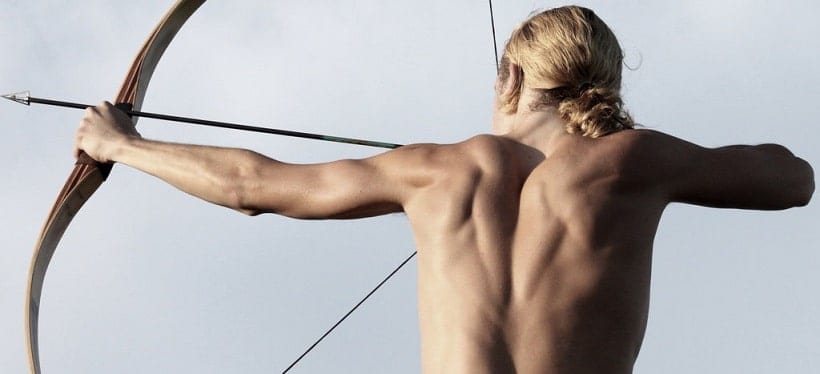
For recurve bows, you need to have physical prowess in order to pull the bowstring back enough.
Compound bows don’t have this issue since they have a let-off through the pulley and lever system.
To train your body, and therefore hit the maximum draw weight of your bow, perform a few simple exercises to target those specific muscle groups.
- Push-ups
- Goblet squats
- Wrist raises
- Ab crunches
- Dumbbell exercises
- Cardio
It’s a mix of endurance and strength.
You don’t want to be out of wind on your tenth arrow.
In the Olympics, they will shoot three arrows for every two minutes of time, or seventy-two arrows over the course of forty-eight minutes.
You should strive to meet some of those same standards to be considered for competitive archery.
Which Bows Shoot the Fastest?
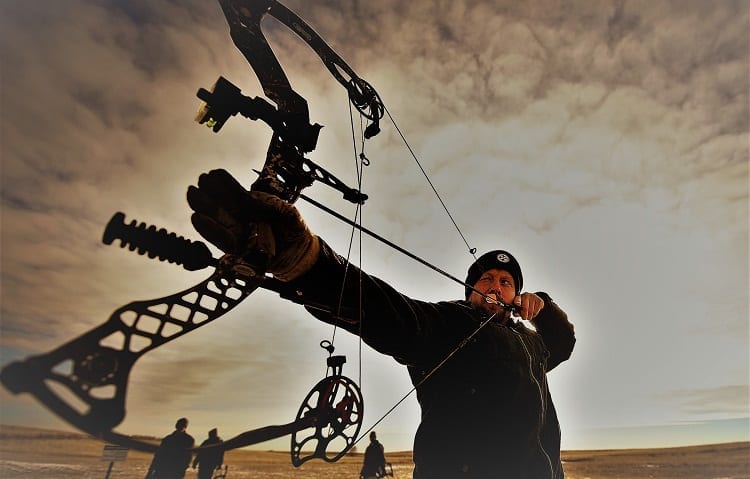
Crossbows will shoot the fastest, but that’s nothing that you can control.
Even the most skillful recurve bow archer will admit that crossbows just have more power on their side.
They’re partway between a simple firearm and a bow, so you can’t really deny the mechanical power at work.
Crossbows are able to produce the highest FPS, and with custom work, plenty of people can build their own crossbows to exceed 500 FPS.
That’s an insane amount. Next to these, compounds will shoot the fastests, followed by recurves.
Are Crossbows Just Better for Arrow/Bolt Speed?
If you’re strictly looking at FPS, then a crossbow is always going to win.
They’re made mechanically with a ton of precision and push the limits of what archery can do, and it’s because you’re taking the human element out of it.
Sure, you have to cock the bowstring back and all, but it’s not relying on your physical prowess to hold the bolt back at all.
Crossbows aren’t as widely accepted, though.
Their application is almost exclusively in the space of hunting, and for good reason: it’s the best guarantee you have to take down your target.
With a better FPS, you have more momentum in each bolt, which equates to more damage and deeper penetration upon impact.
Crossbows will use lightweight bolts to get that higher FPS, but because of how methodical the shots are, they can afford a little extra grain weight per shot.
You’re not looking to shoot these 390 feet away to hit a target like you would be with a compound.
In hunting, you’re likely looking at a target that’s no more than 210 feet away, at the absolute most.
A 420 FPS crossbow is practically overkill; you’re going to land your shot with minimal wind speed and distance variables to account for, and you will take down that deer or elk.
What Arrows Make for the Fastest FPS?
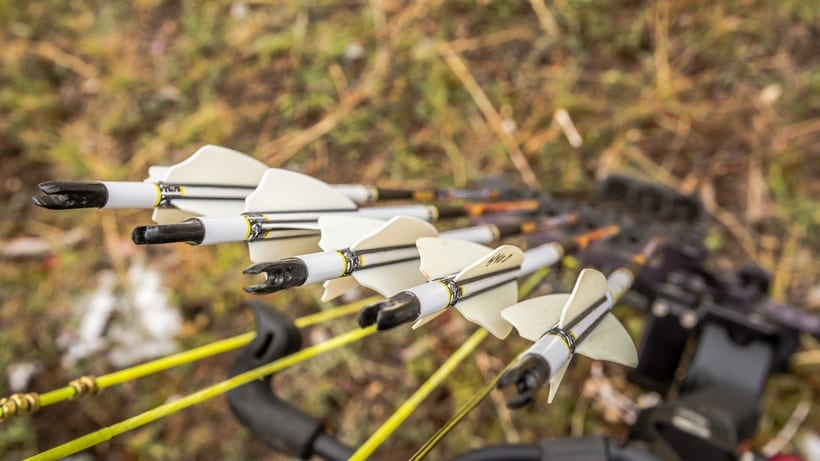
Carbon arrows.
You want your arrows to have enough weight to maintain their straight trajectory (although a lot of aerodynamic science goes into that as well), but you want it to be lightweight enough to reduce drag and pick up some massive speed.
Graphite arrows are also good, but you’ll find that they’re just a little less awesome and powerful than carbon.
When it comes to wooden arrows, they’re not really used anymore.
A simple Amazon search will show you that almost everything that comes up are either carbon, graphite, or the last one we want to talk about: aluminum.
Aluminum arrows last for absolute ages. They’ll withstand intense wear and tear, numerous hits, and are very resistant to rust.
One quiver of these arrow types and you’ll be good for the rest of your archery career.
These all have similar characteristics: they’re hollow, and they’re lightweight.
It’s why wooden arrows have fallen out of sort, because making hollow wooden arrows would not only be difficult to manufacture, but also extremely frail.
Impacts would split them over time, which is why traditionally, you’ll see wooden arrows are solid. They’re just too heavy to offer a good FPS, and don’t have nearly as much aerodynamics.
Speed is on Your Side
Now that you know everything that you need to about bow speed, arrow speed, and all the fun science in between, it’s time to make a decision.
Assess your skills and determine if you’re ready to handle a higher FPS (as it required a higher draw weight), and begin to gradually work your way up to more powerful, high FPS bows.
You can cross more than a football field in under a second—if that doesn’t amaze you, then we don’t know what will. Push the envelope now that speed is on your side, and achieve greater distances and heights with archery.

